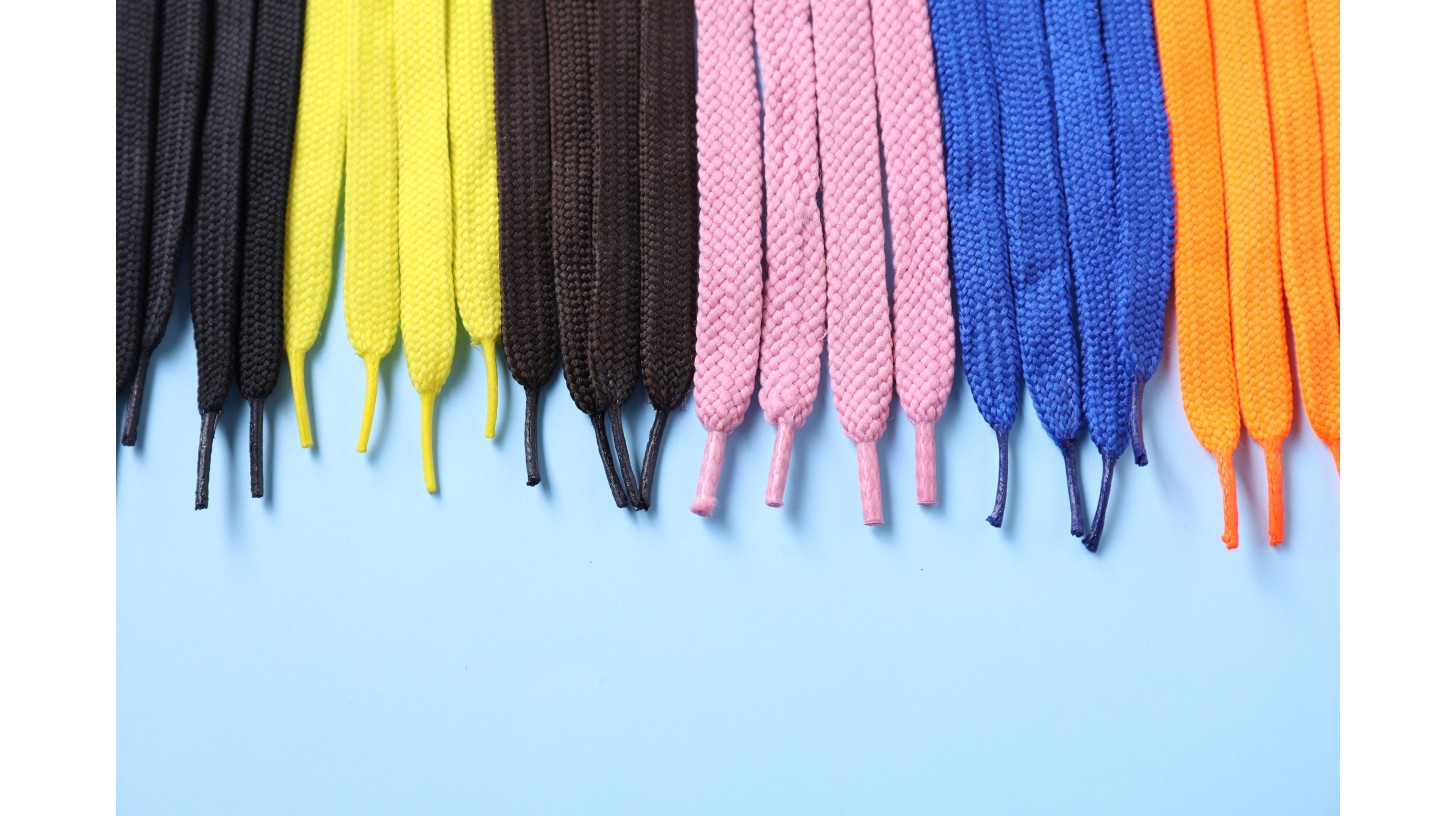Caring for Shoelaces: Extending Their Lifespan and Replacing Them at the Right Time
Though they may seem like minor accessories, shoelaces play a key role in the comfort, stability, and overall look of your shoes. Clean and sturdy laces ensure a proper fit, prevent premature shoe wear, and contribute to a polished appearance. Yet, their care is often neglected. By learning how to properly maintain and replace your shoelaces at the right time, you help extend your shoes’ lifespan while preserving their original elegance.
Key Points Summary
Why Shoelace Care Matters
Laces do more than simply fasten shoes. They keep the foot securely in place, evenly distribute pressure across the shoe’s upper, and help preserve the structure. Poorly maintained or damaged laces can distort the shoe’s shape or cause long-term discomfort.
Beyond practicality, neat and well-fitted laces enhance a shoe’s overall appearance. Whether for dress shoes, boots, or casual models, clean laces reflect attention to detail and care. Regular replacement keeps the balance between aesthetics and functionality, preventing unexpected breaks.
Choosing Quality Shoelaces to Extend Lifespan
Common Materials
Not all laces are created equal. The material affects durability, flexibility, and resistance to everyday wear.
- Cotton offers a natural feel and softness, perfect for classic shoes. It absorbs dye well but should be waterproofed to prevent wear.
- Polyester is highly moisture-resistant and colourfast, ideal for sports or everyday shoes.
- Leather adds sophistication and structure, though it needs regular conditioning.
- Hemp combines natural strength and eco-friendly durability; a growing choice for conscious consumers.
A good lace should have a smooth texture, firm tips, and uniform resistance when pulled.
Matching Laces to the Shoe Type
Dress shoes, boots, and sneakers each require different laces. Round laces are stronger, perfect for formal shoes, while flat laces offer better grip and resist untying, ideal for walking or long wear. The right choice enhances both comfort and durability.
Best Practices for Shoelace Care
Regular Cleaning
Laces quickly accumulate dust, salt, and friction marks. Monthly cleaning maintains flexibility and colour.
Remove laces, brush gently, and hand wash them in lukewarm water with mild soap. White laces can soak in baking soda to restore brightness. Avoid harsh detergents that damage fibres and fade colour.
Drying and Storage
Never dry laces in direct sunlight or in a dryer; excessive heat warps fibres and causes uneven fading. Lay them flat on a clean towel at room temperature. Once dry, store them in a cool, dry place away from humidity. Proper storage significantly extends their life.
Common Mistakes to Avoid
- Over-tightening: Weakens fibres and can damage eyelets.
- Using abrasive cleaners: Chemically alters material and dulls colour.
- Ignoring moisture: Putting damp laces back into shoes promotes bacteria and odours.
Avoiding these mistakes protects both your laces and shoes.
How to Clean Laces Without Damaging Them
Cleaning Steps
- Remove laces completely.
- Brush off loose dirt.
- Soak in warm water with mild soap for 15 minutes.
- Gently scrub with a soft brush to remove stains.
- Rinse, then press gently in a towel to remove excess water.
This works for most materials, except leather; clean those with a damp cloth and follow up with a nourishing cream.
Tip for Whitening Stained Laces
For white laces, baking soda is a natural and safe option. Mix a spoonful into warm water and soak laces for 2–3 hours before rinsing. This restores brightness without weakening fibres.
Knowing When to Replace Laces
Signs of Wear
Even well-maintained laces have a lifespan. Watch for:
- Frayed or broken tips.
- Thinning or fraying sections.
- Uneven tension or slipping knots.
- Knots that no longer hold.
Replacing laces promptly prevents shoe damage and improves foot stability.
Recommended Replacement Frequency
It depends on use. For daily-worn shoes, replace every 3–6 months. Work boot or athletic laces wear out faster. Regular replacement ensures a neat appearance and reliable fit.
Comparison of Common Shoelace Materials
The right match between lace type and shoe use improves durability and comfort.
Tips to Extend Shoelace Lifespan
Organization and Storage
Store spare laces properly to avoid tangling or damage. Keep them in fabric bags or boxes, away from humidity. Roll gently instead of folding to preserve shape and elasticity. Label them by length or material for easy access.
Temporary Repairs
In a pinch, repair frayed ends with a bit of clear glue or wrap with tape. This is temporary, replace as soon as possible. Prolonged fixes can damage eyelets or affect lace tension.
Consistent Shoe Care
Laces are part of overall shoe maintenance; cleaning, waterproofing, and proper storage all work together. The specialists at Chaussures Le Pacha emphasize that every detail, including laces, contributes to long-term durability and elegance.
Conclusion
Caring for your shoelaces is simple but often overlooked. Regular cleaning, proper drying, and timely replacement help maintain both function and style. Well-kept laces ensure comfort and extend the overall life of your shoes.
According to Chaussures Le Pacha experts, laces deserve the same attention as leather or soles; a consistent routine ensures a cohesive, elegant look through every season.
Frequently Asked Questions
Can shoelaces be machine washed?
It’s better to hand wash them. The machine may damage the tips or distort fibres.
How to prevent laces from untying?
Choose flat or textured laces that grip better. Tighten knots firmly but gently.
Do leather laces need special care?
Yes. Wipe with a damp cloth and apply a nourishing cream to prevent drying.
Can the same laces be used on different shoes?
It’s best to match laces to each shoe type. Dress, sport, and walking shoes need different support.
When should laces be replaced for the first time?
At the first signs of wear; loss of elasticity, fraying, or uneven tightening. Don’t wait until they break.

